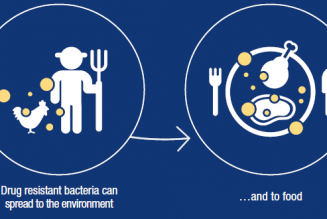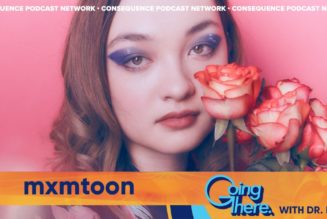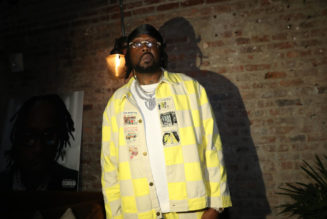Twenty-three switchbacks between Lake Serene and us.
The trail comes into a small plain of sorts, a million shades of green interlaced with branches teeming with leaves and wildlife.
Trees were growing out of other trees — nature helping itself advance and thrive.
A friend of mine had invited me to get out of the city.
I increased our ardent pace and didn’t feel any drudge of the ascent.
I wanted to feel the chilling water through my muscles and bones.
Reaching the summit, I hesitated to dive into the clear water ahead. It was not due to the temperature but a new obstacle I was not accustomed to handling. A curve-sloped rock face that touched the waterline made it difficult to conceptualize how I would get out of the water.
There was nervous excitement.
My friend dove in first and showed me the way out, excitedly ushering me to the water’s edge with the reassurance that he would assist me in navigating the climb out of the water and back to the top of “lunch rock.”
It was my vigor that pushed me up the rocks.
Drops of joy rolled down my skin.
We cheered after I dove in and made the climb out — we did it as individuals and a team, together.
My friend commented on how easy the hike had felt. “Your energy, man, it’s infectious.”
He attributed my being to making an experience better.
He helped make the occasion better for me, too.
Presently I find the hills easier to climb, not for any less requirement of energy and effort, but effortless in having run the course many times before.
That’s how it tends to go — we learn over time.
Mile after mile, our bodies begin to understand how to carve through the air.
We replaced words of difficulty and doubt with affirmative yells and laughs.
We spoke of when we had fallen off trails before, what we took from those stumbles, and how they helped us grow.
My friend, like myself, is a musician.
We can relate strongly to one another.
Creatives seem to take up hikes more prone to emotional tribulation than others.
73% of musicians are known to endure some mental health challenges in their lifetime.
Over the past year, I have written about some of the staggering numbers we face as a nation regarding the cost of mental illness. Billions upon billions of dollars, millions upon millions of lives significantly impacted.
Headlines do a great job of creating the stress necessary to get us up and active in creating meaningful behavioral change, yet, we don’t see as many of the success stories as perhaps we should.
We don’t read headlines that say, “This musician got better!!!”
Nine years ago, I dove deep into unknown waters when I experienced a mental break at twenty-three created by circumstance.
Reading the sign-post at 23 “bipolar disorder”, I thought it was a burden I’d bear for the rest of my life.
The bags placed upon me at the bottom of the path bore tags I thought would never leave me.
This year, from my treatment team, I heard a word I never expected to hear:
Remission.
Remission means that one is living a healthy life outside of the clutches of disorder.
I’ve been on this path of recovery for nine years.
Twenty-three volumes ago, at the beginning of Bloom, I wrote about the gift of support I have received over time.
In the last nine years, I was surrounded by people who believed in me, who cheered me on through a series of failures and triumphs as I came to better grips with what it meant to be me.
They cheered me on because they saw how committed and determined I was to change.
Recovery does not happen unless the one experiencing a mental health challenge wants it.
The behaviors, habits, and systems I have learned over time have come to pick me out of the worst to discover the best.
Over the past decade, I held myself accountable for my recovery, healing, and advancement.
My friend and I made the hike a breeze because we took on our roles well and in harmony and found solutions to problems to complete the task.
Reflecting on my path, the weight I’ve carried, and the dirt on my shoes, I feel a lightness today.
I made it out of one of the most complicated webs I’d ever gotten tangled up in.
65% of people with serious mental illness reach a point of partial or full recovery.
It is a state reached by weaving threads of many fabrics together into one. Many tools, solutions, and strategies that candidly, if every single person on this Earth were taught and embraced, the world would be a different place.
Before this year, I was a mental health advocate still dreaming of an outcome. I was an advocate through raw testimony of my lived experience.
Today I can write knowing it is possible to fully heal.
As a community of creatives, musicians, and beyond, I see there is still much work to do in communicating that recovery and healing is possible while also stressing accountability that both the unwell individual and the community around them have.
I used to think “bipolar disorder” would be placed upon my tombstone.
Now the place it holds is a memory.
I’ll never stop doing everything I do for my health as they help me be the best person I can be, disorder or no disorder.
I hope that is what we can encourage — the blossoming of individuals and communities.
I’m merely another gardener, another flower, in the same garden as you.
I will continue to speak my truth and do my best to help you Bloom.
About the Author

A dance music producer, singer, and songwriter, Alex Wagner (known by his music project ASW), was called an emerging artist to watch by DJ Mag in September of 2021. His production career includes releases on Atlantic Records, Big Beat Records, and more.
As a crisis counselor for Crisis Text Line and certified peer counselor with the state of Washington, he has organized multiple mental health awareness events called “Grooving for Good” leveraging the power of music and the arts. He currently resides in Seattle, Washington. You can follow him on Instagram at @asinglewave.











Tagged: bloom, IMPACT, Mental Health